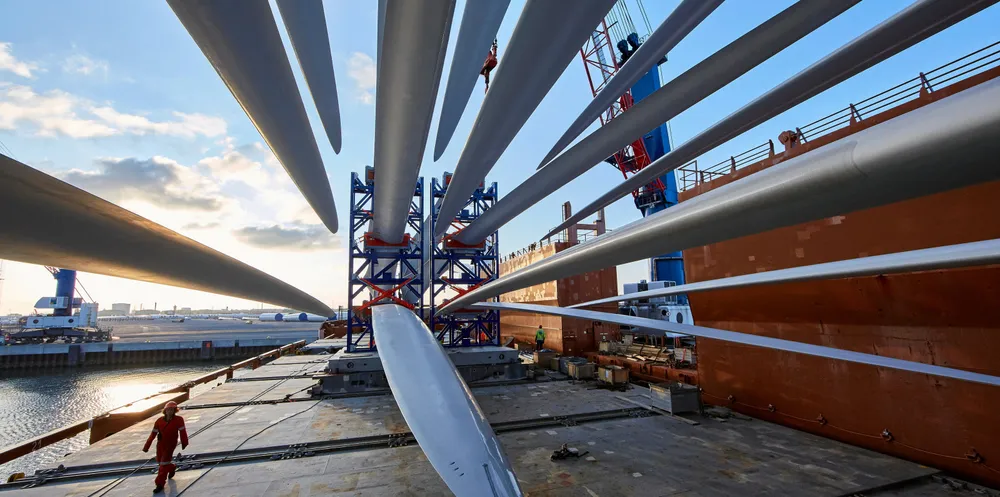Floating wind's rising sun off Asia, IEA's time's-up for fossils, and squaring the blade circle
Our curation of the must-read news and analysis from the-week-that-was in the global renewables industry

Our curation of the must-read news and analysis from the-week-that-was in the global renewables industry
